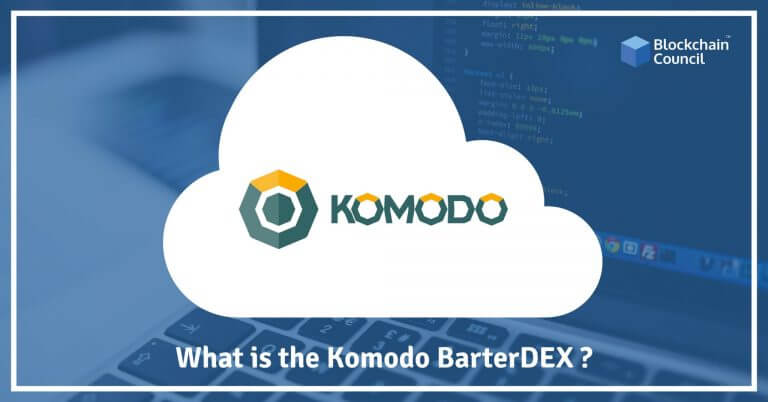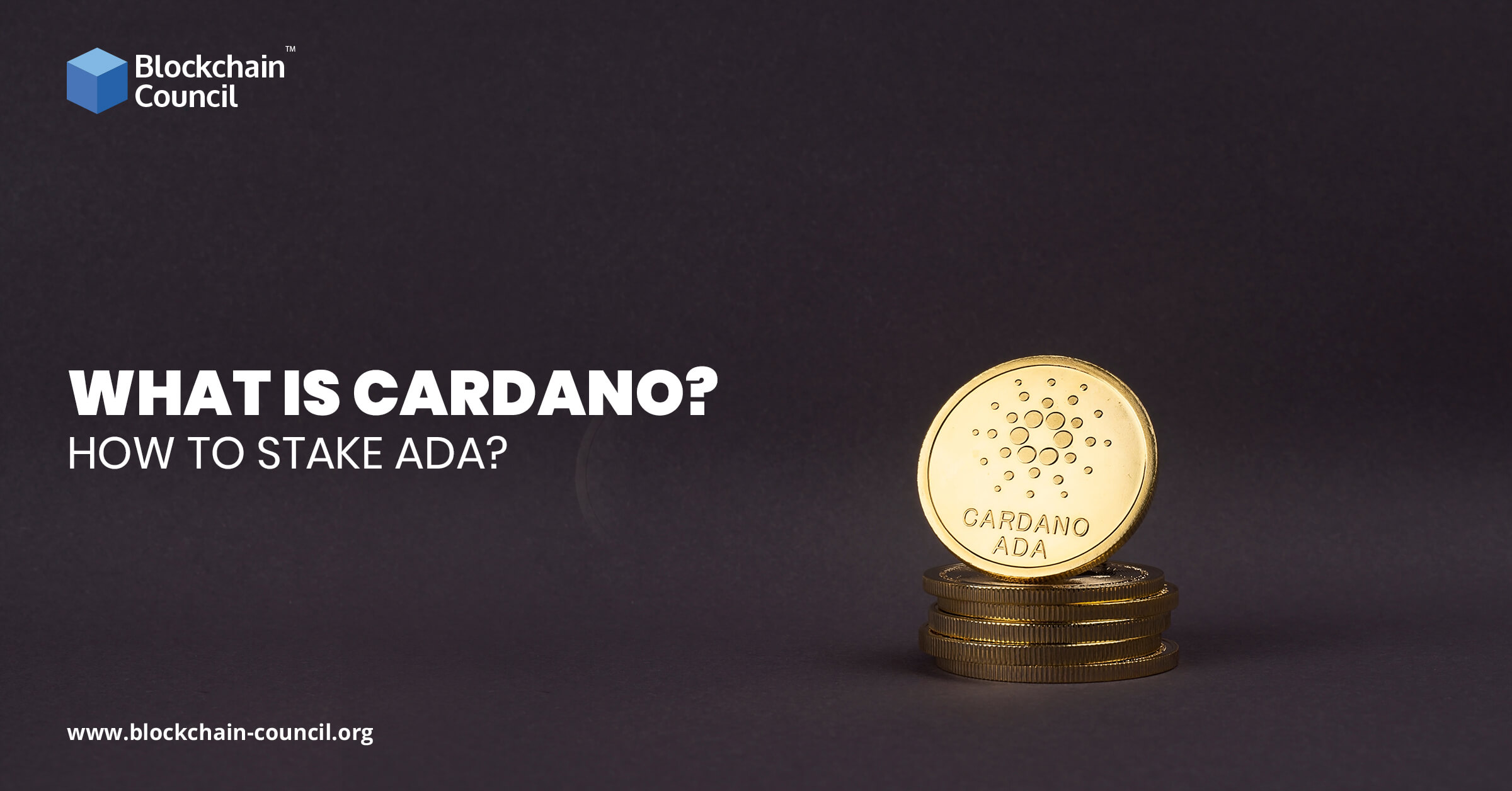
- Toshendra Kumar Sharma
- January 29, 2020
The blockchain that came to limelight with the introduction of and transacting through bitcoins has come a long way since 2009 onwards. The financial crisis of 2009 gave it a pushback, after a few years of dormant phase in the early 2010s when it was an attraction mostly on the dark web, among geeks and cryptography enthusiasts, as a revolutionary solution, by Satoshi Nakamoto, by bringing in the philosophy of decentralized peer to peer network. It came a long way since the price surge in 2012 and then the widespread recognition in 2017 when it made headlines. Now, the core of bitcoin, blockchain, has found applications in scores of industries and situations.
2010
The year saw the establishment of the first Bitcoin exchange, and the first notable appearance of the word “Blockchain,” which was known by the term “Proof-of-work chain” earlier, happened on BitcoinTalk forum.
2011
The year marked the mining of one-quarter of the total 21 million bitcoins to be generated along with touching the price level of the US dollar and Euro in different months. Wikileaks also started accepting donations in bitcoins. BIP Purpose and Guidelines were proposed as the first bitcoin improvement proposal. Bitcoin also made news in “Son of a Bit” show exemplifying a man who spent $27 in 2009 and reached a net worth of $900,000.
2012
The government of Estonia started incorporating blockchain technology in their digital ID efforts. This year also marked the founding of Bitcoin Magazine and the creation of the Bitcoin Foundation. Coinbase raised around $600,000 in series A funding. Bitpay, a company that traded in bitcoins, boasted of having more than 1000 bitcoin-accepting merchants for payment processing services.
2013
This year was crucial in terms of Bitcoin and blockchain growth. Reddit started accepting bitcoins for their Gold memberships. With almost 11 million bitcoins in circulation, the valuation reached 1 billion USD. The first cryptocurrency market crash occurred with price spiking from $30 to $220 and plunging to $70 again. The year also saw the first significant cryptocurrency theft of 25000 BTC from Bitcoin Forum founder.
Mastercoin became the first company to conduct an ICO after US federal court designated Bitcoin as a form of currency. In the meantime, the FBI shut down Silk Road, the dark web, and seized 25000 bitcoins. The Chinese government, reversing its earlier stance, also declared bitcoin a non-currency.
A bitcoin ATM was also opened at Waves Coffee Shop in Vancouver. Meanwhile, Vitalik Buterin released the Ethereum whitepaper.
Bitcoin also broke the $1000 mark.
2014
A major DDoS attack happened on three major exchanges: Mt. Gox, Bitstamp, and BTC-e, after which Mt. Gox filed for bankruptcy. In that year, Stripe, a credit card processor, started accepting bitcoins. Gavin Wood released Ethereum yellow paper as a decentralized generalized transaction ledger. Ethereum Foundation was, meanwhile, established in Switzerland, and Ethereum token launch raised 31591 BTC (around $18.4 million back then) over 42 days. Also, BitUSD was launched by BitShares as the first Stablecoin. TeraExhange started the Bitcoin OTC swap approved by US Commodity Futures Trading Commission.
By the year’s end, several companies like Zynga, Expedia, Dell, and Microsoft started accepting Bitcoins for payments.
2015
Coinbase opened the first US-based cryptocurrency exchange. NASDAQ also initiated the blockchain trial. The first token, called Augur, was launched on the Ethereum network. The year marked a breakthrough when R3 consortium, with nine financial institutions, was established and reached 40 members within just six months.
The year also placed Bitcoin on the front cover of The Economist. ERC-20 token standard was also proposed. Linux Foundation started the Hyperledger project.
2016
The Hyperledger Project was announced with 30 founding members.
The Chinese government, once again, focused upon Blockchain and cryptocurrencies with their 5-year plan, and the Chinese Financial Blockchain Shenzhen Consortium was launched with 31 members.
The DAO (decentralized autonomous organization) launched a 28-day crowd sale, and it raised an Ether value of more than US$150M. The DAO was also hacked when 3.6M of the 11.5M Ether was stolen.
Bitcoin halved to 12.5BTC per block mined.
2017
Enterprise Ethereum Alliance was formed with 30 founding members and joined by 120 members within six months. Bitcoin was officially declared currency of Japan and China banned ICOs. The Austrian government founded the Research Institute for Crypto-economy.
Bitcoin price surpassed $20,000. Lightning Network Protocol 1.0 was released. Ethereum DApp Cryptokitties went viral.
The year saw 435 successful ICOs raising a total of over $5.6 billion.
2018
Switzerland began accepting tax-payments in Bitcoin, and the EU, like South Korea, committed $300 million for developing blockchain projects. 90% of banks in the US and Europe reported the exploration of blockchain technology.
Monetary Authority of Singapore launched Project Ubin for interbank settlement using Ethereum.
80% of all Bitcoin were mined to bring total cryptocurrency market at $800 billion.
Google, Facebook, and Twitter banned all ads related to cryptocurrencies.
2019
Bitcoin surpassed total transactions of 400 million.
Facebook announced Libra. Block.One got fined with $24 million by the SEC for its unregulated $4 billion EOS ICO. Over 80 million distinct Ethereum addresses have been created. Over 3000 DApps got developed (2700 are built on Ethereum).
Way Forward
There have been a lot of cryptocurrency experiments, but the most significant momentum occurred in Fintech space.
Large retail chains such as Walmart and fast-food chains like McDonald’s have started using blockchain to procure materials. Brazil tied up with IBM to implement the country’s birth and death record system upon blockchain. China is eyeing to squeeze the blockchain opportunity to the fullest by using technology in many ways to influence the world economy.
There are many more upcoming use-cases of blockchain to be implemented in the coming decade as well and would become a commonplace.
To learn more about blockchain certifications and to become a blockchain expert, check out Blockchain Council.





































































 Guides
Guides News
News Blockchain
Blockchain Cryptocurrency
& Digital Assets
Cryptocurrency
& Digital Assets Web3
Web3 Metaverse & NFTs
Metaverse & NFTs
